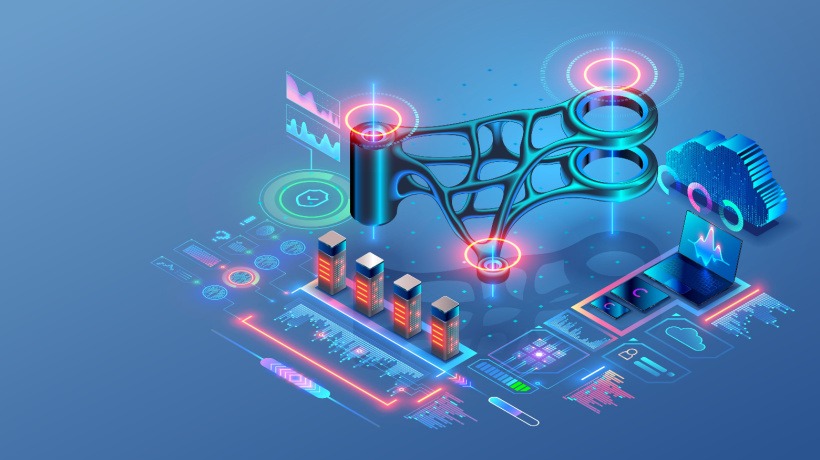How Generative AI Tools Can Revolutionize eLearning
Generative AI tools can generate content or media from given prompts. This capability to generate text, images, audio, or video has opened up many possibilities. It is natural that the eLearning industry, which thrives on innovation and creativity involving text, image, audio, and video will be revolutionized by such AI tools. Let’s have a look at how AI tools like ChatGPT can influence the eLearning industry.
Where Generative AI Tools Can Help eLearning
1. Content Creation
Content creation is the most important part of the eLearning industry. Generative AI can be utilized to generate high-quality learning content. It is not limited to generating raw content. AI tools can be used to create scenarios, conversations, game concepts, quizzes, reference material, and many more. The possibilities are practically limitless. AI can greatly reduce the time required by Subject Matter Experts and Instructional Designers to generate content.
In addition to textual content, AI tools can be used to generate characters, images, and illustrations to support textual content. AI tools can be a great alternative to expensive media libraries. They can generate exact images and don’t have to be restricted by the availability of stock images. Another important area where AI can be extremely helpful is audio creation. With AI-based text-to-voice tools rapidly matching up with human voice, creating and updating audio will be a matter of a few clicks.
AI tools can also be very effective in creating animations and videos from the prompt enabling rapid development of final output. Simple mascot/avatar-driven courses can be made very easily.
2. Personalization
With learning experiences getting more and more attention, personalized learning is gaining traction in the eLearning landscape. AI can play a crucial role in delivering tailored content to individual learners. It can be used to gather and analyze learners’ behavior, preferences, and performance data. AI tools can create data-driven personalized learning paths and recommend content based on each learner’s needs and learning style. This approach enhances learner engagement, as learners receive content that aligns closely with their interests and abilities.
3. Language Learning
Generative AI tools can aid language learning by providing intelligent language tutors. Learners can practice conversation with AI-powered chatbots, engaging in realistic and contextually relevant language interactions. These language tutors can offer instant feedback and correction, allowing learners to improve their language skills in a more interactive and dynamic environment.
4. Automated Grading And Assessment
The process of grading and assessing learners is a critical but time-consuming process. AI tools can automate assessment and grading in the form of multiple-choice questions, short answers, and even essays. AI tools can be utilized to analyze learners’ responses and provide constructive feedback.
5. Learning Analytics
Learning analytics is gaining popularity day by day by helping educators and L&D managers understand learner behavior. AI tools can be used to analyze vast amounts of learner data and generate actionable insights for educators and institutions. It can identify patterns in learners’ behavior, predict potential dropouts, and recommend strategies to enhance overall learning outcomes. Learning analytics powered by Generative AI can help optimize course structures, identify knowledge gaps, and refine content to cater to learners’ needs better.
6. Virtual Mentors And Tutors
With generative AI being capable of having conversations, the possibility of a 24/7 virtual mentor or tutor is becoming a reality. These virtual mentors can guide learners on various aspects of the content. While generative AI holds immense potential for eLearning development, let’s not forget that it is a pretty new development and comes with its own limitations.
Where AI Can Go Wrong
All AI tools are reliant on data fed to them. The AI tools can be biased as per the data used for training the tool. Thus, these tools can potentially generate a wrong answer and the learner will be negatively impacted. AI-generated content is still in a very nascent state to be completely reliable as a source of knowledge. It needs handholding by an experienced human to be able to generate quality content. AI-generated audio and media can also become monotonous and lack human imagination.
Generative AI has opened a new horizon for the eLearning industry. Strategic use of generative AI can take eLearning to an entirely unprecedented level of efficiency and effectiveness.

